Working at SRON
SRON has about 200 employees. They form a melting pot of top (instrument) scientists, engineers, and other professionals of various nationalities and ages who inspire each other to realize outstanding performances at a top level. Problems faced by scientists challenge sensor developers to construct increasingly more sensitive technology. Together with mechanical and electronic engineers they ultimately develop a scientific space instrument with an exceptional level of performance under the extreme conditions of space. The scientific breakthroughs made with such devices in turn inspire new research and new technology. This approach has enabled SRON to develop into a national expertise institute of international repute.
SRON has two locations, at the university complexes of Leiden and Groningen. About 3/4 of the employees is located in Leiden. More than 2/3 of the total staff has a scientific degree. Employees can have a tenured or temporary contract or work on a project basis. SRON combines a professional approach with an informal work climate in an international environment. SRON offers excellent terms of employment.
Working at NWO-I
When you start working at SRON, you will formally be employed at NWO-I, the Institutes Organisation of NWO and fully named the Netherlands Foundation of Scientific Research Institutes. NWO-I is an independent foundation, that belongs to the Netherlands Organisation for Scientific Research (NWO). The office of NWO-I is located in Utrecht. NWO-I consists of the following nine NWO Institutes: AMOLF, ARCNL, ASTRON, CWI, DIFFER, Nikhef, NIOZ, NSCR and SRON. The conditions of employment of NWO-I are laid down in the Collective Labour Agreement for Research Centres (Cao-Onderzoekinstellingen).
Werken bij NWO-I
Als je bij SRON gaat werken, treed je formeel in dienst van NWO-I, de Institutenorganisatie van NWO, voluit de Stichting Nederlandse Wetenschappelijk Onderzoek Instituten. NWO-I is een zelfstandige stichting, behorende bij de Nederlandse Organisatie voor Wetenschappelijk Onderzoek (NWO). Het kantoor van NWO-I is gevestigd in Utrecht. De volgende negen instituten maken deel uit van de Institutenorganisatie van NWO (NWO-I): AMOLF, ARCNL, ASTRON, CWI, DIFFER, Nikhef, NIOZ, NSCR en SRON. De arbeidsvoorwaarden van NWO-I zijn vastgesteld in de Cao-Onderzoekinstellingen.
Current vacancies
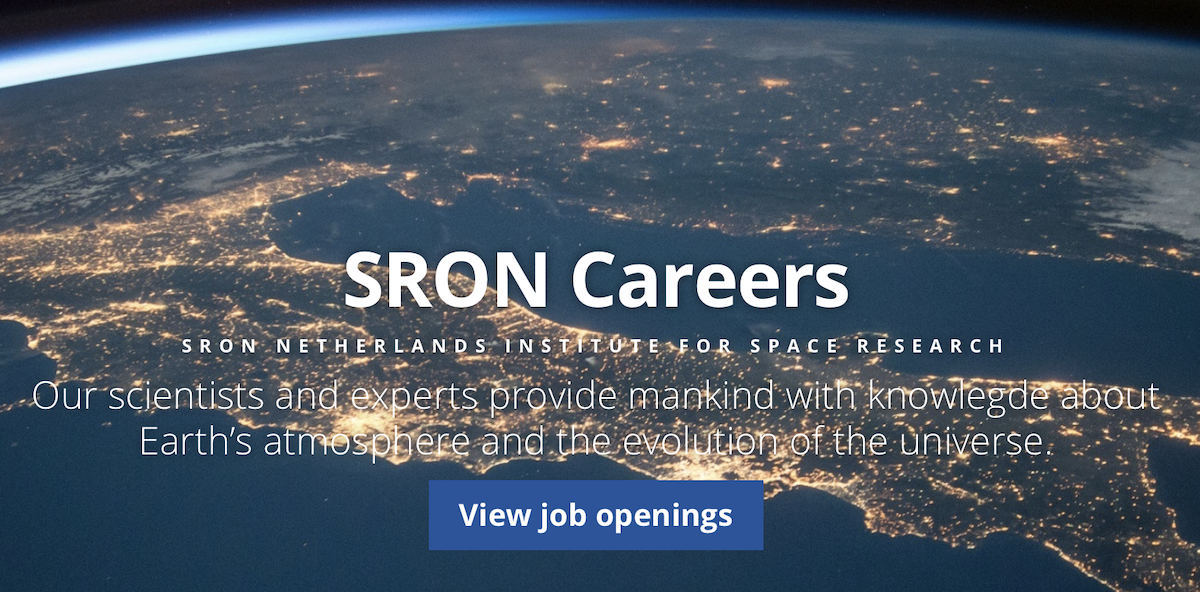
Internships & graduation projects
Not PhD and postdoc projects
Doing an internship or graduation project at SRON means that you are involved in exploring and pushing boundaries. Various disciplines meet at SRON. Highly motivated specialists from all over the world work together in a mix of science and technology. Within all groups at SRON we have continuously opportunities for internships and graduation projects. Please see below for current examples.
Students from a Dutch university or with an EU nationality, in e.g. astronomy, physics, Earth sciences, and engineering, as well as HBO students in related disciplines are all cordially invited to contact us.
The application form for internships can be found here.
Open applications
Are you interested in working at SRON, but you can’t find a suitable opening at the moment? Then it may not be fruitful to send an open application. To keep informed about our current vacancies it’s better to regularly check the vacancy overview on our website. When you notice a suitable vacancy you can apply for it specifically.
Open sollicitaties
Zijn er op dit moment geen relevante vacatures voor u, maar heeft u wel interesse in een baan bij SRON? Dan is het wellicht niet zo succesvol om een open sollicitatie te sturen. U kunt dan beter regelmatig het vacatureoverzicht op onze website raadplegen om op de hoogte te blijven van onze actuele vacatures. Als u een passende vacature ziet, kunt u vervolgens gericht hierop solliciteren.
Examples of internships & graduation projects
- Photonic crystal computational optics spectrometer for earth observation
- High-Resolution X-Ray Spectroscopy
- High-Energy Astrophysics of Compact Objects
- Understanding the Nature of Cosmic X-Ray Transients
- TES and readout research in Cryo-U and Litho sections
- Aansturing van een cryotron
- Metingen aan supergeleidende circuits
- Checkbox ontwerp
- Ontwikkeling van TES biasing en read-out
- Gedrag van sensoren op cryogene temperaturen
- Image-processing of spectro-polarimeter data from a spy plane
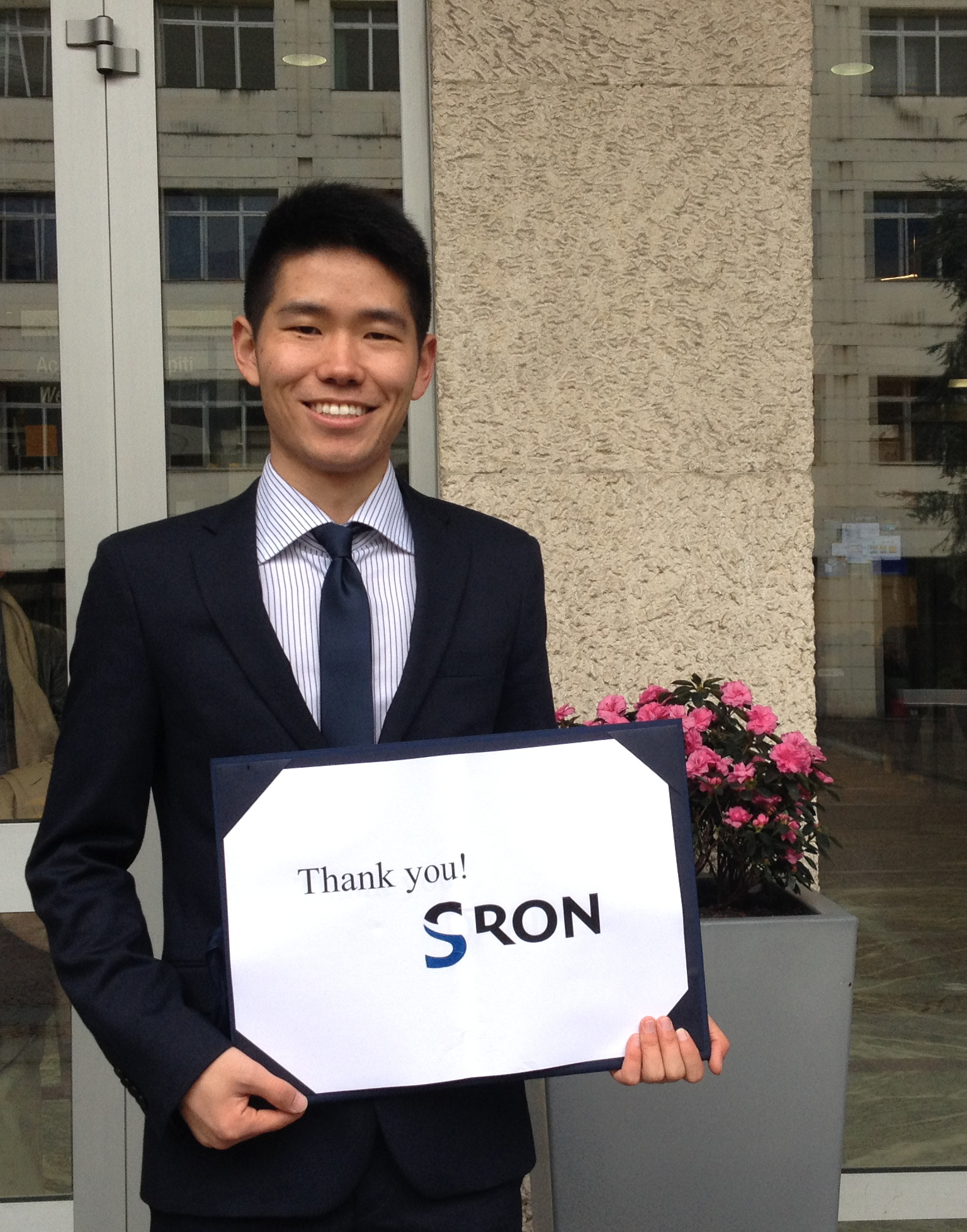
Photonic crystal computational optics spectrometer for earth observation
Description: In the future, optical systems which incorporate computational methods as a central design element might replace conventional imagers and spectrometers. Photonic crystals are artificial optical structures which can be used to generate strongly wavelength dependent transmission profiles. In this project we investigate how an array of photonic crystal filters together with computational inversion methods could be used for the detection of greenhouse gases from space. Depending on your interests, you will support the design of the photonic crystal filters, perform optical tests, work on the computational inversion techniques, the system end-to-end design or even support the nanofabrication of the filters.
Contact: If you are interested in doing an internship or MSc graduation project on the above project, please contact Dr. Ralf Kohlhaas (R.Kohlhaas@sron.nl). Ralf Kohlhaas is also the section head of the OptX section in Leiden and he can inform you about other optical instrumentation internship options.
High-Resolution X-Ray Spectroscopy
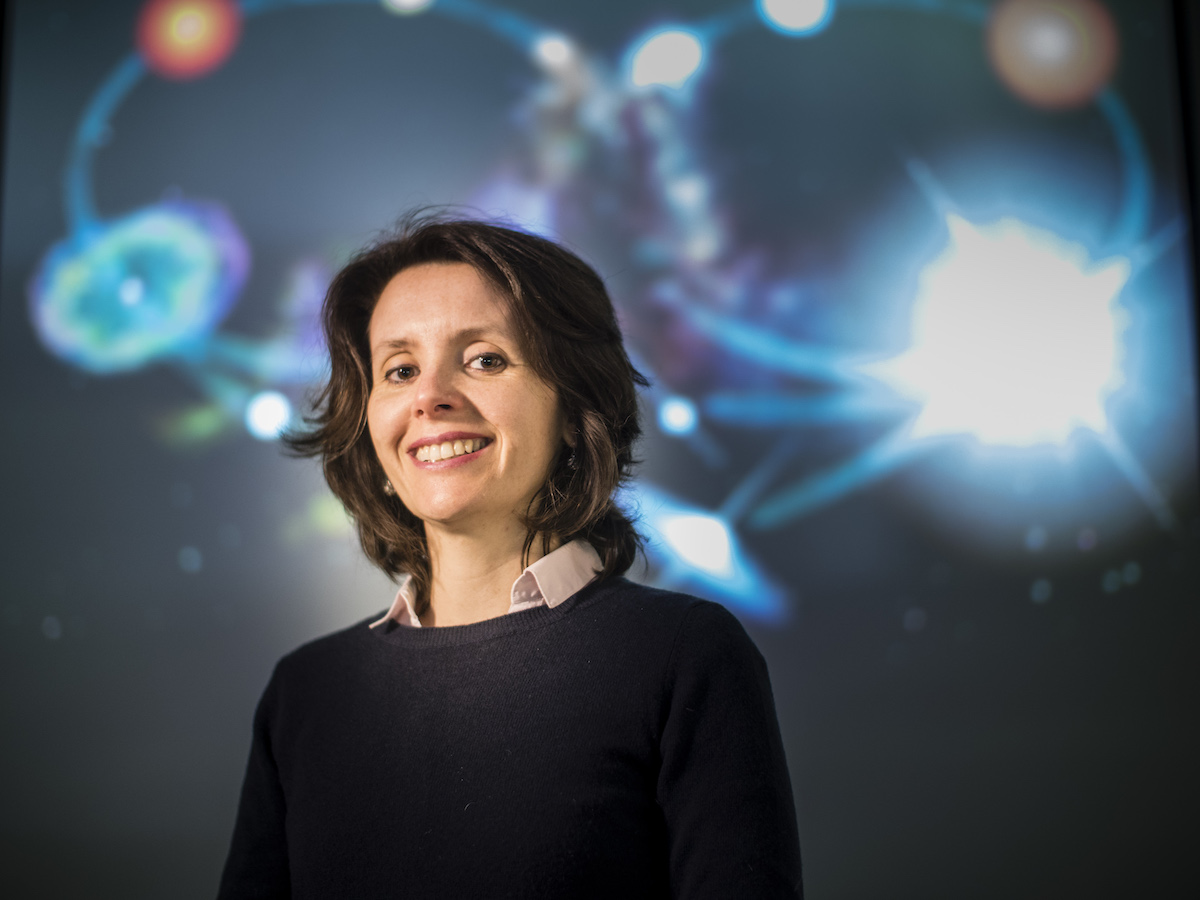
Description: High-resolution X-ray spectroscopy of hot plasmas, such as found in active galactic nuclei, clusters of galaxies and stars, and study of the interstellar medium as seen through X-rays. The project makes use of data taken with the three large X-ray observatories currently operational, Chandra, XMM-Newton and Suzaku, plus archival data from previous missions. Modeling is also done in preparation for future X-ray missions, like Astro-H and Athena.
Approach: data analysis, interpretative and/or theoretical.
High-Energy Astrophysics of Compact Objects
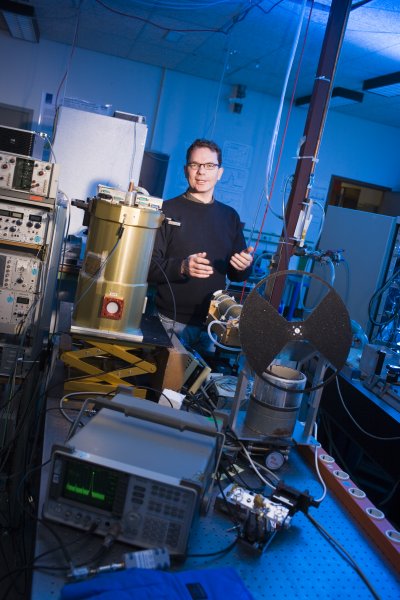
Description: Study of the high-energy X-ray and gamma-ray properties of neutron stars like rotation-powered (radio) pulsars as well as the extremely magnetized magnetars. A large X-ray/gamma-ray data base is available from the operational INTEGRAL satellite (launched Oct. 2002), as well as X-ray data from XMM-Newton, Chandra, Rossi-XTE, Swift, Suzaku and high-energy gamma-ray data from Fermi. These can be exploited to study the timing, temporal and spectral characteristics of these compact objects.
This internship can be done both on bachelor’s level and master’s level.
Approach: data analysis, interpretative and/or theoretical.
Understanding the Nature of Cosmic X-Ray Transients
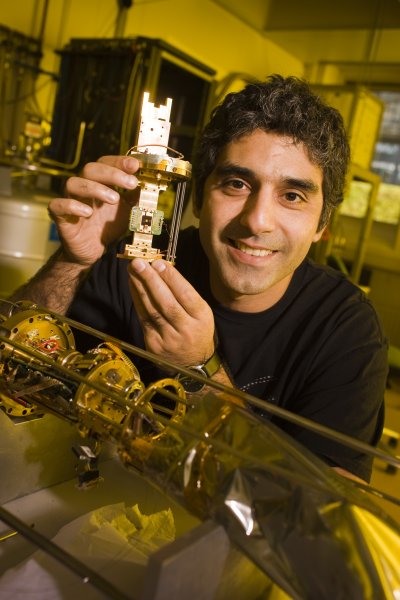
Description: Since their discovery over 30 years ago, thermonuclear flashes have been detected from the surfaces of over 80 neutron stars in the Galaxy. Thanks to recent better instrumentation, peculiar kinds of flashes are being picked with energy outputs of up 1000 times that of ‘ordinary’ flashes. These peculiar flashes are potential probes of the neutron star interior, which harbors the densest matter in the visible universe with nucleonic densities at macroscopic scales. The study of this matter may provide tests of the strong interaction (Quantum Chromo Dynamics) under conditions that are impossible to create on Earth (high density, ‘low’ temperature). SRON pursues the study of flashes, through preparation of future missions, observations with the current fleet of X-ray observatories (Rossi-XTE, XMM-Newton, Chandra, Swift, INTEGRAL and HETE-II), analysis of archival data from terminated observatories (BeppoSAX, EXOSAT), and theoretical studies. This internship can be done both on bachelor’s level and master’s level.
Approach: data analysis, interpretation, theory.
TES and readout research in Cryo-U and Litho sections
The instrument scientists in both Cryo-U and Litho sections in Utrecht are working on developing transition edge sensors (TES), which consist of a superconducting temperature sensing element, absorber, and thermal links to the constant temperature surrounding. TES that operate by measuring the heating of a sensing element due to absorbed radiation form the basis of the most versatile and sensitive detectors available to astronomers. When combined with an appropriate radiation-coupling scheme, they can detect light from the millimeter-wave radiation to X-rays through the entire electro-magnetic radiation spectrum.
Additionally, we are also working on frequency domain multiplexing (FDM) scheme to read out many TES pixels simultaneously. In essence, applying the FDM is to form a TES camera with so many pixels that work equivalently to a CCD camera seen in your smart phone nowadays. A TES camera however is for different wavelengths and furthermore has unprecedented sensitivity or the energy (or spectral) resolution. SRON is developing TES and FDM technologies for two next-generation astronomic space observatories: ATHENA (Advanced Telescope for High Energy Astrophysics) by detecting X-rays and SPICA (Space Infrared Telescope for Cosmology and Astrophysics) by detecting Far Infrared radiation.
Under these two huge projects, we have a number of subjects that are very suitable for a university MSc student to do the graduation research for a period of either 6 or 9 months. The subjects can range from the fabrication, modeling, and experimental characterization of TES detectors, superconducting LC filter structures or even a particular FDM unit. We usually prepare a research plan for you based on the needs of the projects and also the desire and strength of the student. That the outcome of a graduation project can later be applied for a space mission must be a dream of many students.
The most instrument scientists have obtained their Ph.D degrees either in physics or electric engineering, and some of them are the leading experts in their research field. So, they have sufficient experience and knowledge to guide the student through the project. As an example, you are referred to a successful student project: that can be found here. As one of the leading space institutes in the world, we have also excellent cryogenic testing and clean-room fabrication facilities. Furthermore, limited financial supports may be available at SRON for the student who is registered in a Dutch university or a university within EU, regardless their nationality.
Contact: If you are interested in doing your MSc graduation project on the above topics, please contact Dr. Jian-Rong Gao, senior instrument scientist (J.R.Gao@sron.nl, tel. +31 88 777 5710)
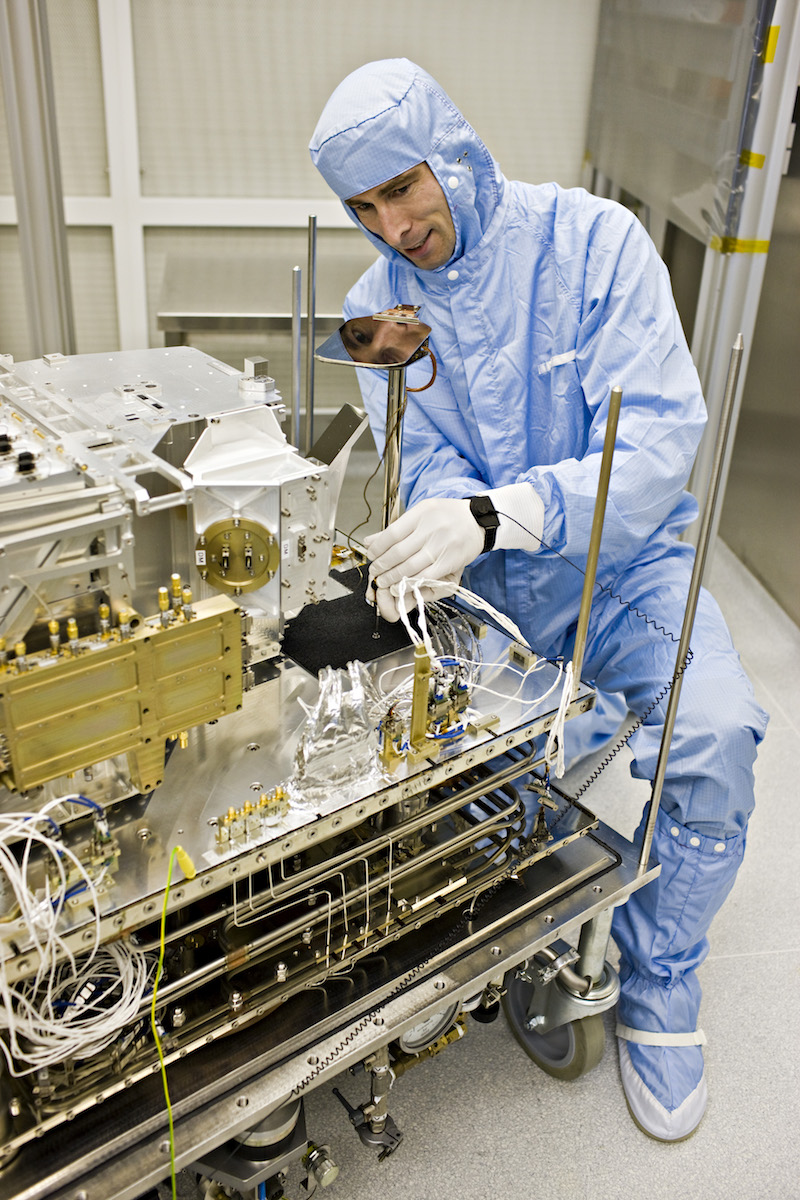
Een cryotron is een set van supergeleidende spoelen waarmee energie op 4 K kan worden opgeslagen. M.b.v. inductieve koppeling en aansturing van heatswitches kun je deze energie in de supergeleidende spoel opslaan en er ook uit halen en gebruiken voor b.v. de aansturing van de chopper motor of een magneet om een gedeelte van de FTS te laten zweven in een 1g veld. Groot voordeel van een cryotron is dat je door hele dunne draadjes (die b.v. maar een stroom kunnen voeren van 10 mA) stapsgewijs energie op kunt slaan op 4 K, en dan uit het cryotron een veel grotere stroom zou kunnen trekken door supergeleidende draden (20 A b.v.). Dat heeft dan weer voordelen voor de parasitaire warmtebelasting van de koude stage van je cryostaat. De aansturing zou bestaan uit de uitlezing van een Hall sensor en logica om a.h.v. stroom en magneetvelduitlezing heatswitches (koude weerstanden waar een stroom doorheen gestuurd wordt zodat ze opwarmen).
Contact: dr. Ir. Gert de Lange, instrument scientist (G.de.Lange@sron.nl)
Metingen aan supergeleidende circuits
Metingen aan supergeleidende LC filters in combinatie met supergeleidende TES, Schottky, of SIS diodes. Feasibility study aan het conversie en ruisgedrag van supergeleidende filters en devices.
Contact: dr. Ir. Gert de Lange, instrument scientist (G.de.Lange@sron.nl)
Ontwikkeling van ESD safe checkbox voor kamertemperatuur check van LC cryostaat bedrading. Dit is een doosje met een x-standenschakelaar waarmee we snel en veilig kunnen bepalen of alle aansluitingen van de cryostaat correct zijn voordat we gaan afkoelen (en evt. op 4 K). Dit gebeurt nu m.b.v. break-out boxen en bananenstekkers, maar in het nieuwe MUXboard hebben we voorzieningen getroffen dat we dit m.b.v. van 1 stekker en een handig kastje kunnen doen. Dergelijke kastjes hebben we veel gebruikt voor HIFI en een nieuw kastje zou op basis van dat ontwerp kunnen, evt. aangepast aan de stromen en spanningen die we in de LC koeler nodig hebben. Heino heeft hier voor HIFI al veel mee gewerkt.
Contact: dr. Ir. Gert de Lange, instrument scientist (G.de.Lange@sron.nl)
Ontwikkeling van TES biasing en read-out
Deze read-out kan spanning of stroom aansturen en stroom/spanning meten. Voor de DC aansturing van de TES maken we nu gebruik van de Magnicon. Als we de Magnicon voor 2-stage SQUID’s gaan gebruiken, vervalt de mogelijkheid om de TES aan te sturen. We kunnen dan gebruik maken van de bias-elektronica die destijds voor HIFI is ontwikkeld (Hans Golstein, Heino Smit). Dit zijn goed uitontwikkelde stukken elektronica die ESD veilig en zonder groundloops (opto-couplers) de SIS devices hebben aangestuurd. Om deze voor de TES te gebruiken moeten de voltage en current ranges worden aangepast. Verder zou het heel handig zijn om niet een stroom/spanning read-out te hebben, maar b.v een stroomspanning (power) vs spanning, of een stroomspanning (power) vs spanning/stroom (weerstand) die je rechtstreeks op de scoop zou kunnen zetten (kun je denk ik wel doen met op-amp schakeling).
Contact: dr. Ir. Gert de Lange, instrument scientist (G.de.Lange@sron.nl)
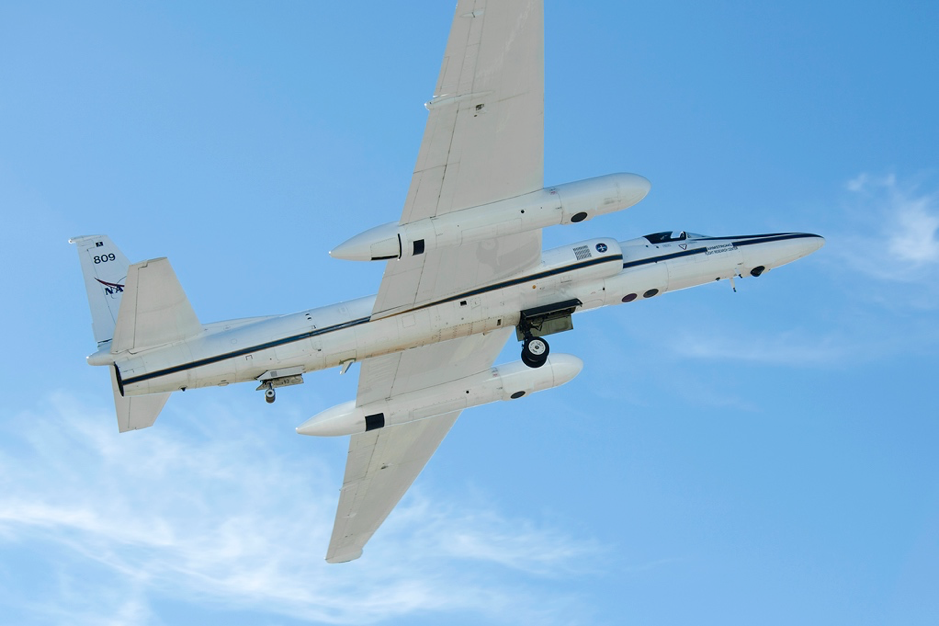
Image-processing of spectro-polarimeter data from a spy plane
At the Earth Programme group a major line of research is atmospheric aerosols. In the past years, the group has acquired a world-leading position in retrieval of aerosols’ microphysical properties from satellite and airborne instruments.
At SRON, we operate SPEX airborne, a multi-angle, multi-spectral polarimeter instrument that is operated from NASA’s high-altitude research aircraft ER-2. The instrument is used to acquire microphysical properties of aerosol (small particles) suspended in the atmosphere. Our most recent campaign was conducted in October-November 2017. For this campaign, your job is to determine the orientation of the instrument relative to the aircraft. This information can be obtained in principle by constructing images from the SPEX airborne measurements, and comparing these images with geolocated reference images (from, e.g. LANDSAT). This process is an almost standard procedure in image processing, and is called “Image Registration”. However, at SRON we know very little about it. You will be (or become) the expert. What is not so standard about your task is that the image comparison is to be translated to a measure of instrument-aircraft alignment. We think this can be done in an iterative scheme, using image cross-correlation, but quite frankly, we have no clue what is the best strategy. We are counting on you to figure this out.
For this position, we are looking for a student with strong computer programming skills (e.g. Python). For the data analysis, a good background in mathematics and statistics would be required. Preferably, you have followed a course on Image Processing, or Remote Sensing, and you have some experience with GIS software. Location is Utrecht. Duration at least 6 months. Further info on the SPEX family of instruments can be found here.
Contact: Dr. Martijn Smit (J.M.Smit@sron.nl)


